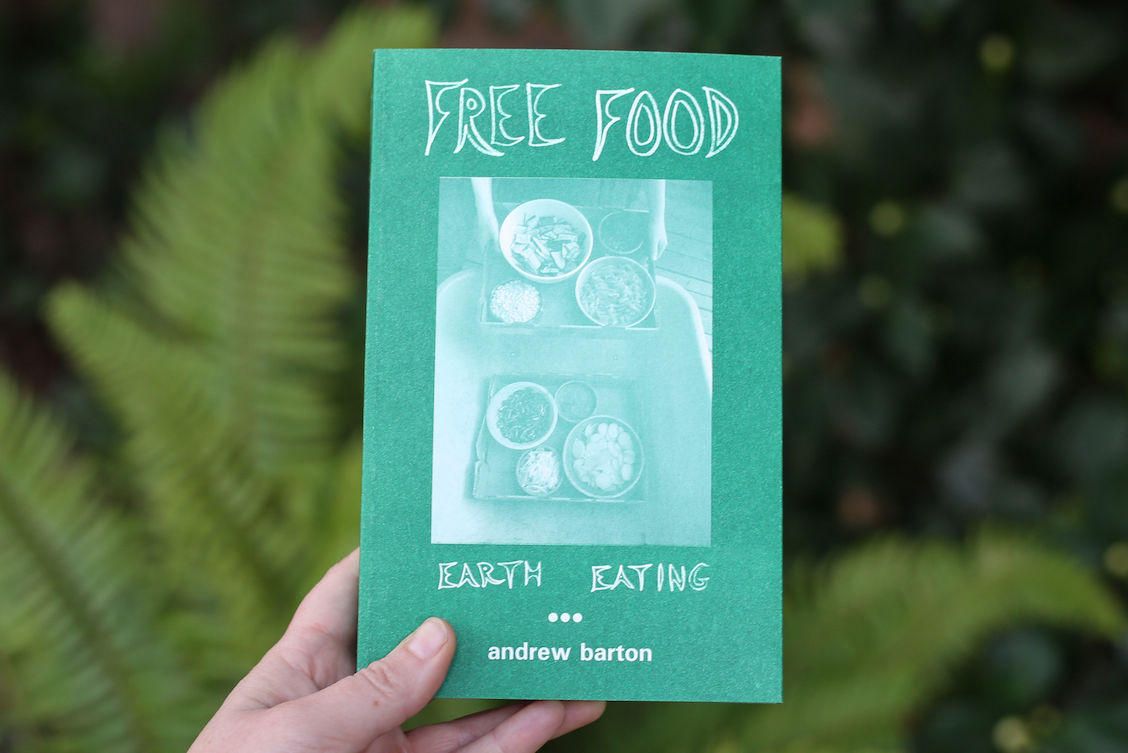Five Favorite Asian Veggies to Grow This Year
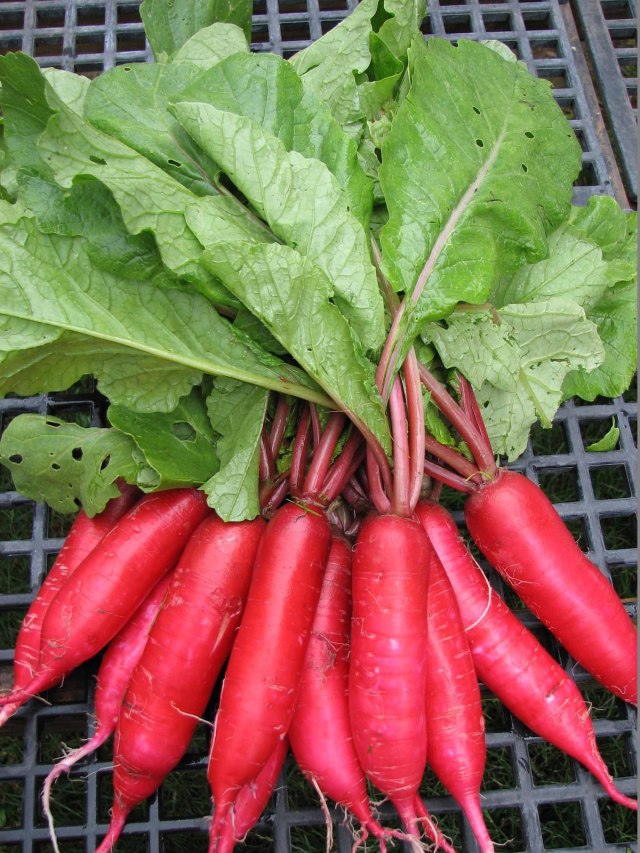
Crimson Lady Finger radish from New Dimension Seed Co.
Image: Sue Berge
The popularity of vegetable gardening has grown exponentially in recent years. Many new vegetable gardeners are also cooks - or aspiring cooks - longing to get ahold of vegetables they can’t easily find at local markets.
With a worldlier citizenry entering the US year by year, we have better representation of superb and varied varieties of vegetables from around the world. Sometimes, varieties from other parts of the world actually grow better in the Pacific Northwest than heirloom American varieties bred for the East Coast or Midwest of the United States.
Some of the most exciting new vegetable varieties for the Portland area are crops like Asian greens that thrive in our cool, damp "shoulder" seasons of spring and fall, as well as warm-season veggies like tomatoes and long beans that can quickly ripen in our relatively short, often hot summers.
China, for instance, is a rich repository of great vegetable seed varieties, according to Sue Berge, owner of New Dimension Seed, a Scappoose company devoted to Chinese vegetables.
Berge grew up in China, moving to Oregon in 1985 to go to graduate school at OSU. Frustrated with the difficulty of obtaining long beans, daikon radishes and other Chinese vegetable staples she loved to cook and eat, Berge asked her sister to send seeds from China. (That was many years ago: rules for mailing seed between countries are stricter today.) A former city dweller in Beijing, Berge herself didn’t have any idea how to grow the seeds. But with some experimentation and a lot of help from gardening friends and the County Master Gardeners Program, she soon became an accomplished vegetable gardener herself.
In 2001, she founded her business, New Dimension Seed, selling unusual Asian vegetable seed in hand-labeled packets at the Portland Nursery. Now on-line and available around the US, her company has grown to become one of only a small handful of US companies focusing exclusively on Asian seed.
According to Berge, there is an absolutely immense and diverse selection of vegetable varieties in China, with different varieties grown in various climates throughout the country, as well as specific varieties for different seasons. Berge specifically seeks out seed selections that will thrive in the Pacific Northwest climate. For instance, she says there are about a thousand long bean varieties growing throughout Asia, from tropical southern climes to short-season northern varieties. Not only are there differences in flavor, but long bean varieties grown in humid, subtropical parts of SE Asia won't thrive in northern China - nor would they thrive in the Pacific Northwest's short, but hot, dry summers. The key to growing success in our climate is to select seed traditionally grown in climates akin to ours.
Each seed packet includes a recipe for the vegetables within, and many more recipes can be found on the New Dimensions Seed website. Friend New Dimension Seed on Facebook and you’ll find regular recipe postings, as well, using New Dimension vegetable varieties.
So what are Berge's five favorite uncommon Asian vegetables that should be grown by cooks and aspiring cooks in the Pacific Northwest?
Asian Radish: “There are quite a variety of large and small Asian radishes…. The Crimson Lady Finger radish is my favorite. It is one inch in diameter and six inches long and is a spring planting variety. It can be planted from end of March to May. The Radiant Giant daikon radishes is red in the center and green on the outside, very sweet and crunchy. It is a fall growing variety, which should be planted in late summer. The Ivory Daikon radish is a long white radish, very mild - also a fall variety.”
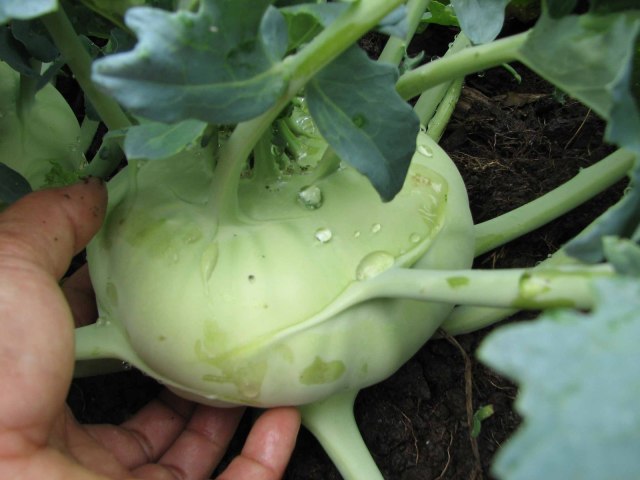
Green Queen Kohlrabi from New Dimension Seed.
Image: Sue Berge
Kohlrabi: “I like kohlrabi very much! It’s probably European in origin but it is much-used in Asian cuisine, and is certainly an under-utilized vegetable in America. Green Queen Kohlrabi is an Asian variety that grows really well in our climate. The nice thing about it is you can eat it as small as the size of a golf ball, or you can let it grow as large as 5 lbs. and it is still tender. It is easy to grow and can be sown from now until late June.”
Baby Bok Choy: “Many people are familiar with baby bok choy, but not a lot of people grow them at home. It is a very easy to grow vegetable, rather like radish. It takes 30-40 days to mature. Grow baby bok choy in succession (sowing every few weeks) so you'll have a steady supply of the tender vegetable all through the spring and fall.”
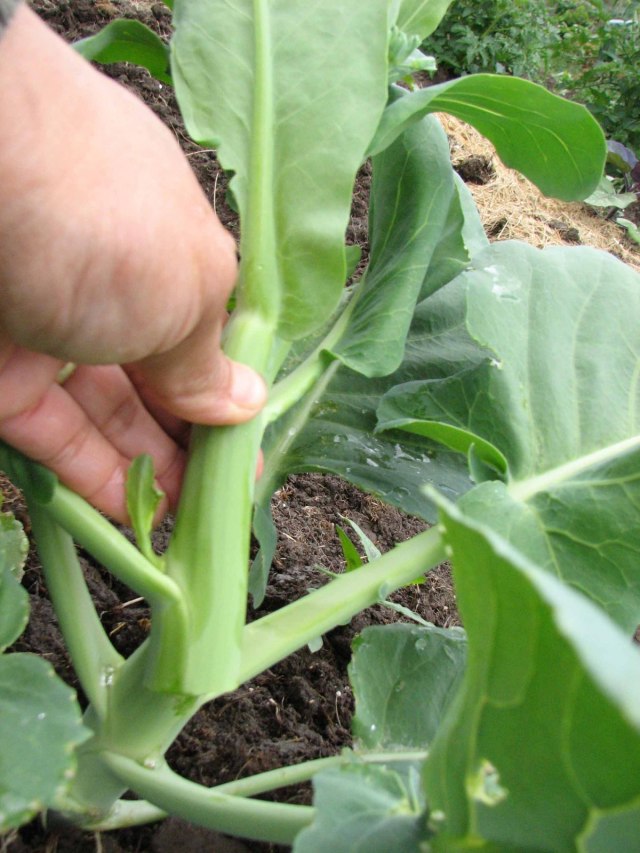
Gai Lan from New Dimension Seed.
Image: Sue Berge
Gai Lan: “Also known as Chinese broccoli, Gai Lan is very easy to grow in our climate. It can be used same way as spinach when cooking (it is not as good raw). The nice thing about Gai Lan is that you can plant it once and harvest continually for over a month.”
Asian Cucumber: “My other favorite must-grow are the Asian cucumbers. I have several varieties in my seed line: Green Sword, the Stallion White and the C-C Cucumbers. They are all sweet and burpless, but each has its own special flavor. The Stallion White Cucumber is a favorite among farmers market growers.”
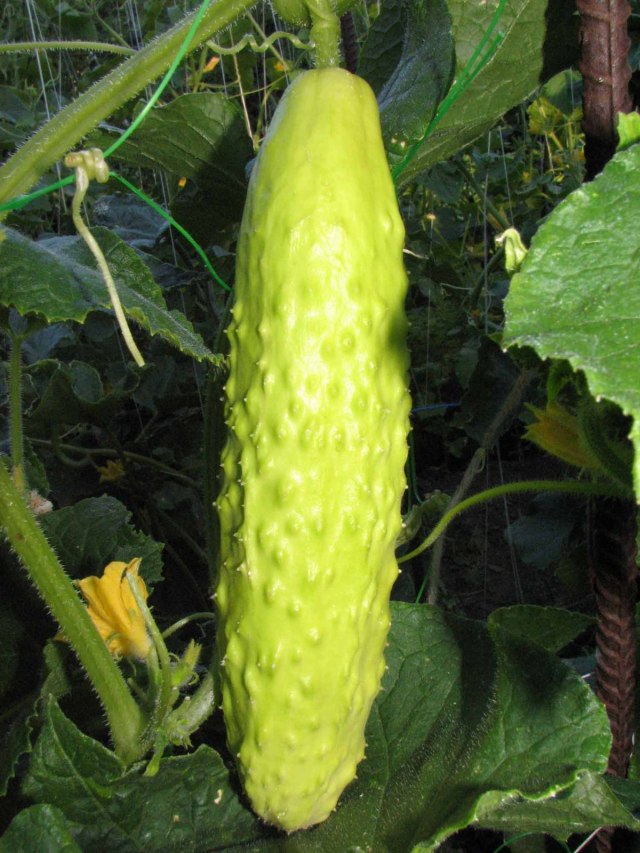
Stallion White Cucumber, New Dimension Seed.
Image: Sue Berge
New Dimension Seed can be found at many local nurseries including the Portland Nursery. Seed packets can also be ordered directly on line here.


